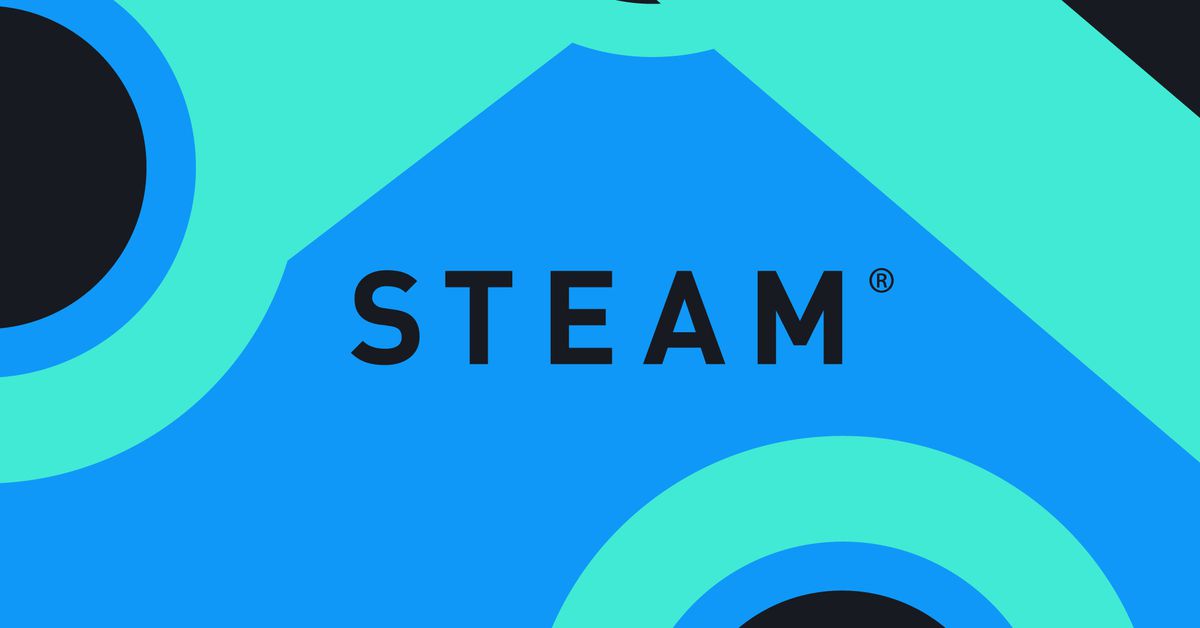Valve, the enigmatic company behind the ubiquitous Steam platform, may be a titan of the gaming industry, but it operates with a surprisingly small workforce. Leaked data from an antitrust lawsuit against Valve reveals that, as of 2021, the company employed only 336 staff members.
This information, discovered by SteamDB creator Pavel Djundik, emerged from a heavily redacted document from the lawsuit filed by Wolfire, a smaller game developer, against Valve. Despite redaction attempts, some data was visible, including Valve's employee headcount and gross pay across various departments over 18 years, spanning from 2003, the year Steam launched, to 2021.
The data categorizes Valve employees into four groups: "Admin," "Games," "Steam," and, beginning in 2011, "Hardware." The leaked document reveals a fascinating snapshot of Valve's workforce:
- Games: While Valve released no new games in 2017, its "Games" payroll spending peaked that year at $221 million, likely reflecting support for existing titles like *Dota 2* and development of projects like *Artifact*. However, this spending dropped to $192 million by 2021.
- Steam: The platform that dominates PC gaming employs just 79 staff members, highlighting the efficiency and effectiveness of Valve's approach to managing this massive operation.
- Hardware: Despite the runaway success of the Steam Deck, the "Hardware" division remained relatively small in 2021, with 41 employees and a gross pay exceeding $17 million. However, Valve CEO Pierre-Loup Griffais has acknowledged that the company has become "a full-fledged hardware company."
The leak sheds light on Valve's limited product portfolio, explaining why the company relies on external collaborations for hardware and software development. This reliance may also be a consequence of Valve's flat organizational structure, which fosters a collaborative but potentially resource-constrained environment.
The lawsuit itself highlights the controversy surrounding Valve's business practices. Wolfire alleged that Valve, despite its enormous revenue, invests a "miniscule percentage" in maintaining and improving the Steam Store. While Valve remains silent on specific financial details, its employee handbook boasts that "our profitability per employee is higher than that of Google or Amazon or Microsoft." Leaked documents from the lawsuit reveal internal discussions about Valve's profitability, though the specific figure remains redacted.
Although the leaked data doesn't reveal Valve's exact profit margins, it provides a detailed glimpse into its staffing costs. These costs, despite the massive success of Steam, are likely only a fraction of the company's overall revenue.
The revelation of Valve's small workforce underscores the company's ability to achieve incredible success while maintaining a lean and efficient operation. It also raises questions about its approach to platform development and whether its prioritization of profit over investment in Steam may be detrimental to the long-term health of the platform. Ultimately, this leak provides a rare window into the inner workings of a notoriously secretive company and fuels ongoing debates about its practices and its impact on the gaming industry.

